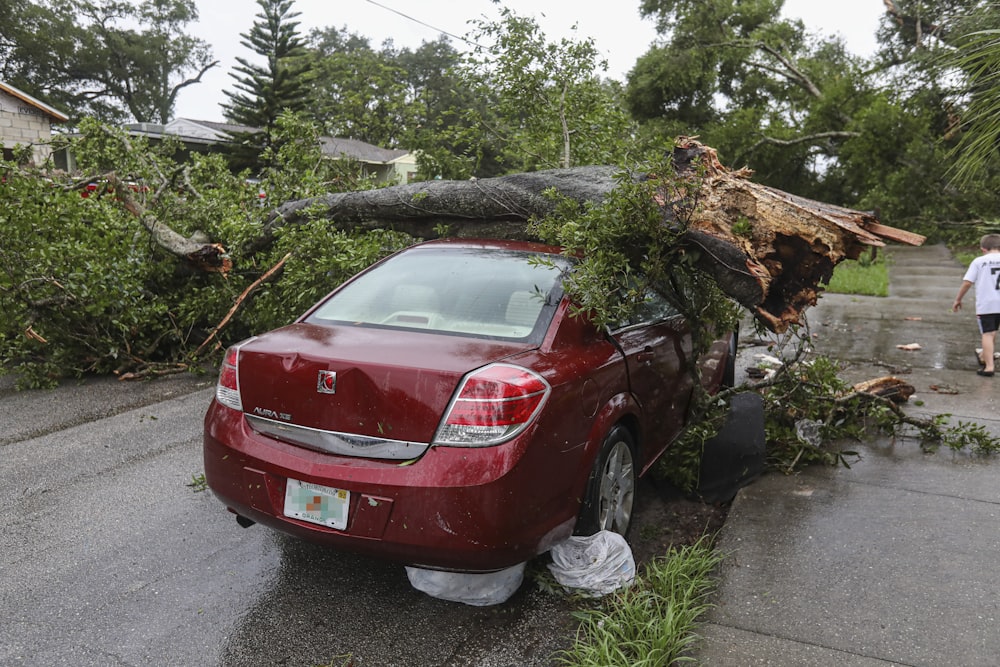Driving in harsh weather conditions in Kennett Square, Pennsylvania, can be an extremely risky task. Snow, rain, and fog present hazards on the road that drivers must handle with caution to ensure their own safety as well as that of others. For residents of Pennsylvania, extreme weather conditions are a frequent occurrence. In this article, we will delve into some advice and precautions to bear in mind when driving under harsh weather conditions in Kennett Square, Pennsylvania.
If you have been involved in an accident and need to speak to a car accident lawyer in Kennett Square, Pennsylvania, contact Wilk Law, LLC, today. Their legal team can answer all your questions and help you deal with any injuries you may have sustained.
Winter Preparedness: Vital Safety Measures
Winter weather often brings snowstorms and icy roads that contribute to an increased likelihood of accidents. To maintain safety while driving during winter in Kennett Square, Pennsylvania, it is essential to prepare your vehicle by following these guidelines:
- Utilize snow tires or chains: Equipping your vehicle with tires specifically designed for snowy conditions significantly enhances traction on slippery surfaces.
- Maintain adequate levels of vehicle fluids: Ensure that your wiper fluid, coolant, and windshield washer are adequately filled.
- Assess your car’s battery health: Cold temperatures tend to deplete battery power. Hence, it is crucial to ensure its maintenance or consider replacing it if needed.
- Keep an emergency kit: Be prepared for unforeseen circumstances by assembling a kit containing essential items such as a flashlight, extra warm clothing, non-perishable snacks, blankets, and road flares.
Measures to Ensure Adequate Visibility in Kennett Square
When encountering harsh weather conditions, extra caution is necessary due to the decreased visibility. Follow these safety guidelines:
- Utilize fog lights if your vehicle is equipped with them. These lights are strategically positioned lower on the vehicle to minimize any reflection caused by fog droplets.
- Maintain a safe distance between your car and others, providing time for responses in case visibility worsens ahead.
- Reduce your speed and drive at a pace that enables visibility within the range of your headlights.
Staying well-informed about weather conditions and road updates can be crucial when planning a trip or navigating through harsh weather scenarios. Here are some effective ways to stay updated:
- Rely on verified sources such as weather apps, websites, or trusted news outlets to check the forecast before embarking on your journey.
- Stay prepared by keeping road condition apps or websites at hand as they provide real-time information about road conditions, closures, and accidents in specific areas.
- Stay safe on the roads and stay informed about traffic. Local radio stations often provide updates on traffic, helping you stay aware of any road hazards or delays in your area.
- Get alerts from transportation authorities by subscribing to email or text notifications from your transportation department to receive information directly from the authorities.
Being well-informed about changes in weather and road conditions will enable you to make informed decisions regarding whether to delay your journey, change your route, or take precautions while driving in challenging weather.
Preventing Car Crashes in Kennett Square, Pennsylvania
Driving in harsh weather demands attention, preparation, and caution. By following safety measures specific to various types of severe weather – like equipping snow tires and having an emergency kit for winter conditions, using techniques tailored for snowy roads, reducing speed and increasing following distance, practicing safe driving habits during rainy weather, ensuring clear visibility through working wipers and using headlights, and being extra cautious during foggy conditions by slowing down and maintaining a safe distance – you can significantly minimize the risk of accidents.
Staying updated with weather forecasts, utilizing road condition apps/websites, listening to traffic updates on radio stations, and subscribing to notifications from the transportation department will also empower you to make well-informed decisions while navigating challenging roads. When the weather is bad, it’s important to be flexible with your plans for driving. If you can, it’s best to delay your trip until the conditions improve. If emergencies or work obligations mean you still have to go on the road, make sure you follow these guidelines carefully. By putting safety first and making informed choices behind the wheel, both you and other drivers can reach your destinations without any issues.
Published by HOLR Magazine.



